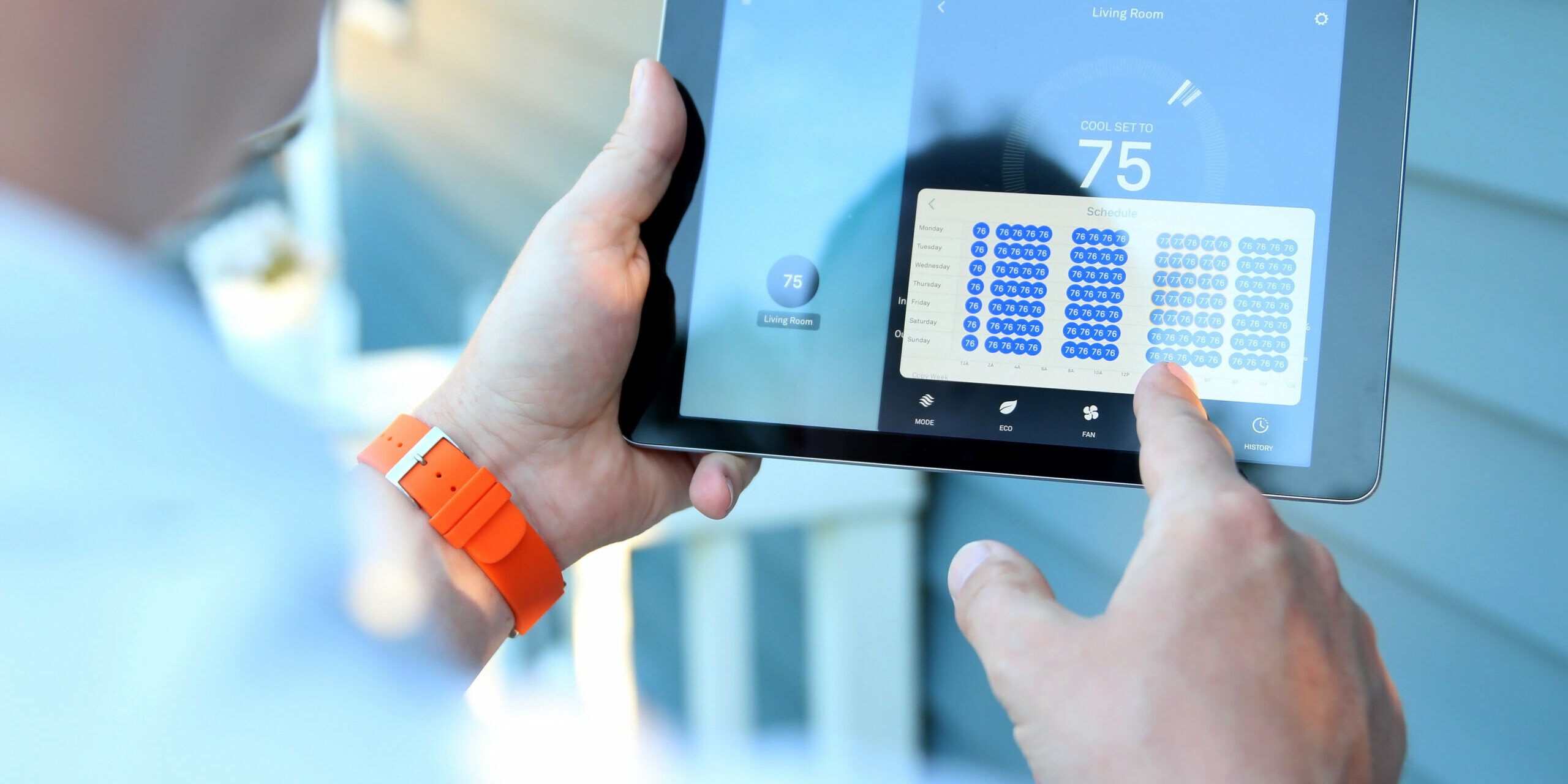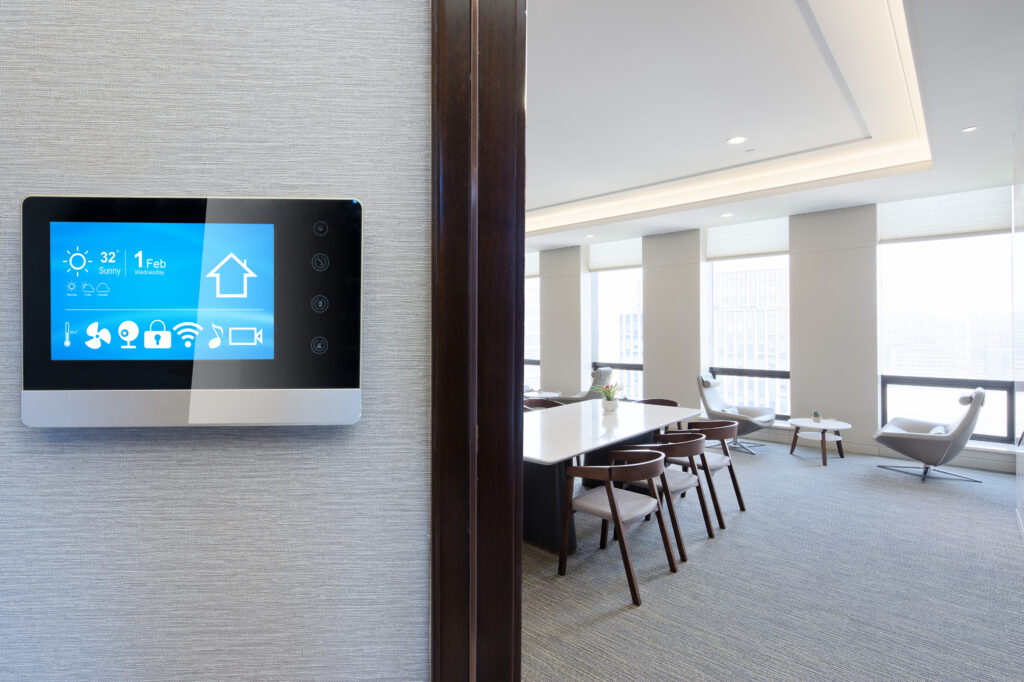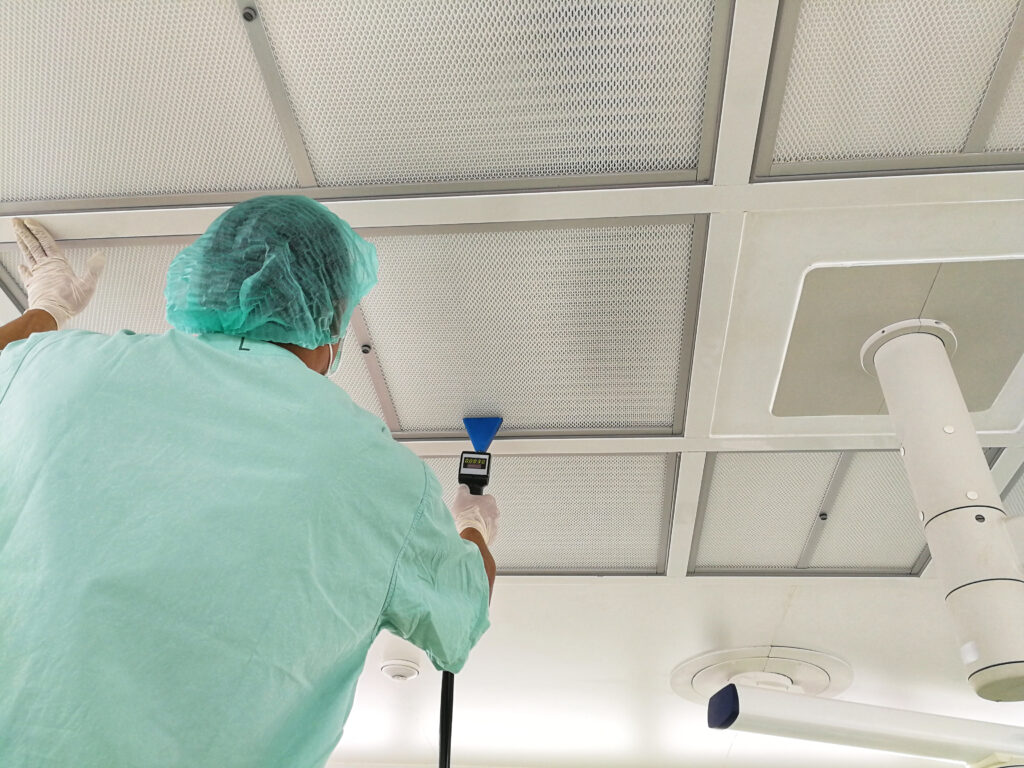Smart Buildings Blog
The latest on all things commercial building automation, energy management, and IoT
The Benefits of Native Integration and Thermostat Control

HVAC native BAS (Building Automation System) integration control refers to the seamless integration of HVAC (Heating, Ventilation, and Air Conditioning) systems with a building’s BAS. It involves connecting and communicating between the HVAC equipment and the BAS to enable centralized control, monitoring, and optimization of the HVAC system’s operation.
A BAS is a computer-based control system that manages various building systems, including HVAC, lighting, security, and more. It allows building operators or facility managers to control and monitor these systems from a centralized interface, enabling efficient operation, energy savings, and improved occupant comfort.
HVAC native BAS integration control involves using protocols and technologies specific to the HVAC system to integrate it with the BAS. This integration allows the BAS to directly access and control HVAC equipment, retrieve real-time data from sensors and actuators, and provide a comprehensive view of the HVAC system’s performance.
Typical protocols used for HVAC native BAS integration control include:
- BACnet: BACnet (Building Automation and Control network) is a widely used protocol in the building automation industry. It allows interoperability between devices and systems, including HVAC equipment and the BAS. BACnet enables the exchange of temperature, humidity, occupancy, setpoints, alarms, and more data.
- LonWorks: LonWorks is another popular protocol for building automation. It enables communication and control between devices from various manufacturers. LonWorks allows for integrating HVAC equipment into the BAS, enabling centralized control and monitoring.
- Modbus: Modbus is a communication protocol commonly used in industrial automation. It allows for data exchange between devices connected over serial communication lines. Modbus can be used to integrate HVAC equipment with the BAS, enabling control and monitoring capabilities.
By integrating HVAC systems with the native BAS using appropriate protocols, building operators can achieve several benefits:
- Centralized Control: HVAC equipment can be controlled and monitored from a single interface, streamlining operation and reducing the need for manual adjustments at individual units.
- Data Monitoring and Analysis: Real-time data from HVAC sensors and equipment can be collected and analyzed, allowing for proactive maintenance, performance optimization, and energy efficiency improvements.
- Fault Detection and Diagnostics: Integration with the BAS enables the detection of equipment faults, abnormal conditions, or deviations from setpoints. By generating alerts and notifications, you allow timely troubleshooting and maintenance.
- Energy Optimization: Native BAS integration control facilitates energy-saving strategies such as demand-based control, optimal scheduling, and setpoint optimization based on occupancy patterns, weather conditions, and energy tariffs.
- Reporting and Visualization: Integrated HVAC data can be visualized through graphical interfaces, enabling operators to monitor system performance, track energy consumption, and generate reports for analysis and decision-making.
Thermostat control for building automation refers to managing and regulating the temperature within a building using thermostat devices integrated into a building automation system (BAS). Thermostats are devices that sense and control temperature to maintain a desired setpoint.

Source: iStock
Thermostat control in building automation involves connecting thermostat devices to the BAS, a centralized control system for managing various building systems, including HVAC. The thermostat devices communicate with the BAS, allowing temperature setpoint adjustments, monitoring, and coordination with other HVAC equipment.
Here are some essential aspects of thermostat control for building automation:
- Setpoint Adjustment: Thermostats connected to the BAS allow users to set the desired temperature setpoints for different zones or areas within the building. The BAS can remotely adjust these setpoints based on occupancy schedules, time of day, or other programmed criteria.
- Occupancy Sensing: Thermostats integrated with occupancy sensors can detect occupancy within a space and adjust temperature settings accordingly. When a space is unoccupied, the thermostat may adjust the temperature to save energy. Once occupancy is detected, it can return to the desired setpoint for occupant comfort.
- Communication with HVAC Equipment: Thermostats send commands and receive data from the HVAC equipment to control heating and cooling systems. They may activate or deactivate HVAC units, adjust fan speeds, or interact with dampers or valves to regulate airflow.
- Feedback and Monitoring: Thermostats provide real-time feedback on temperature readings, system status, and alarms. This information is relayed to the BAS, allowing operators to monitor the HVAC system’s performance, identify issues, and take appropriate actions.
Thermostat control for building automation differs from native integration in that it focuses on controlling and coordinating temperature through dedicated thermostat devices connected to the BAS. Native integration, on the other hand, refers to integrating the entire HVAC system (including equipment, sensors, and controls) with the BAS, allowing for more comprehensive control and monitoring.
Native integration encompasses not only thermostat control but also the integration of other HVAC components, such as chillers, boilers, air handling units, ventilation systems, and more. It involves using protocols and technologies specific to HVAC systems (such as BACnet, LonWorks, or Modbus) to establish communication between the equipment and the BAS.
While thermostat control primarily focuses on temperature regulation through dedicated thermostat devices, native integration allows for broader control and monitoring capabilities of the entire HVAC system, including parameters such as humidity, airflow, ventilation rates, and energy consumption. Native integration provides a more holistic approach to building automation, enabling centralized management of all aspects of the HVAC system’s operation.
The amount of energy saved by using a Building Automation System (BAS) to control HVAC systems in a commercial setting can vary depending on several factors, including the building’s size, HVAC system efficiency, climate conditions, and occupant behavior. However, studies and real-world examples have shown that implementing a BAS can result in significant energy savings.
LEARN MORE ABOUT THERMOSTAT CONTROL FROM FSG SMART BUILDINGS
According to studies conducted by the Department of Energy, 10% to 30% of energy savings can be achieved by implementing advanced HVAC controls through a BAS. These controls include strategies such as demand-based ventilation, optimal start/stop, setback scheduling, and zone control.
To further support the DOE’s findings, Energy Star, a voluntary energy efficiency program, estimates that well-implemented BAS controls can lead to up to 35% of HVAC energy savings in commercial buildings. This estimate considers efficient scheduling, temperature setbacks during unoccupied periods, and optimized ventilation rates.
It’s important to note that these estimates are general averages, and actual energy savings can vary depending on factors specific to each building. The effectiveness of energy savings also depends on the BAS controls’ design, implementation, and ongoing maintenance. Additionally, occupant behavior, building occupancy patterns, and changes in building use can impact the realized energy savings.
Whether it is through native integration or thermostat control, implementing a BAS for HVAC control not only reduces energy consumption but also enhances occupant comfort, improves indoor air quality, and provides centralized monitoring and control for optimized operation. Conducting an energy audit or analysis specific to the building in question can provide a more accurate estimate of potential energy savings that can be achieved by implementing a BAS.
Let FSG Smart Buildings help you with thermostats and temperature control in your facility. Contact us and find out how we can deliver success for your organization today.
Interested in building automation and helping customers build smarter buildings? Come work for us! FSG Smart Buildings is hiring talented people looking for a great career in building automat
More from the Blog

Electrification as a Sustainability Effort
Electrification as a Sustainability Effort
Electrification refers to transitioning from traditional fossil fuel-based energy sources (such as gasoline, diesel, and natural gas) to electricity as…

What are the Benefits of Utilizing Lighting Controls?
What are the Benefits of Utilizing Lighting Controls?
Lighting control refers to the technology and systems used to regulate and manage artificial lighting in various environments. It involves…

The Importance of Indoor Air Quality (IAQ)
The Importance of Indoor Air Quality (IAQ)
IAQ stands for Indoor Air Quality, which refers to the air quality inside buildings, including homes, offices, schools, and other…
